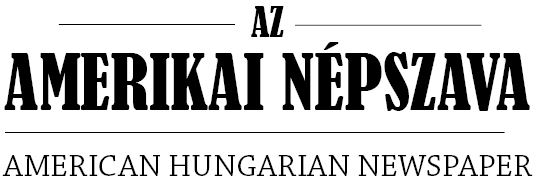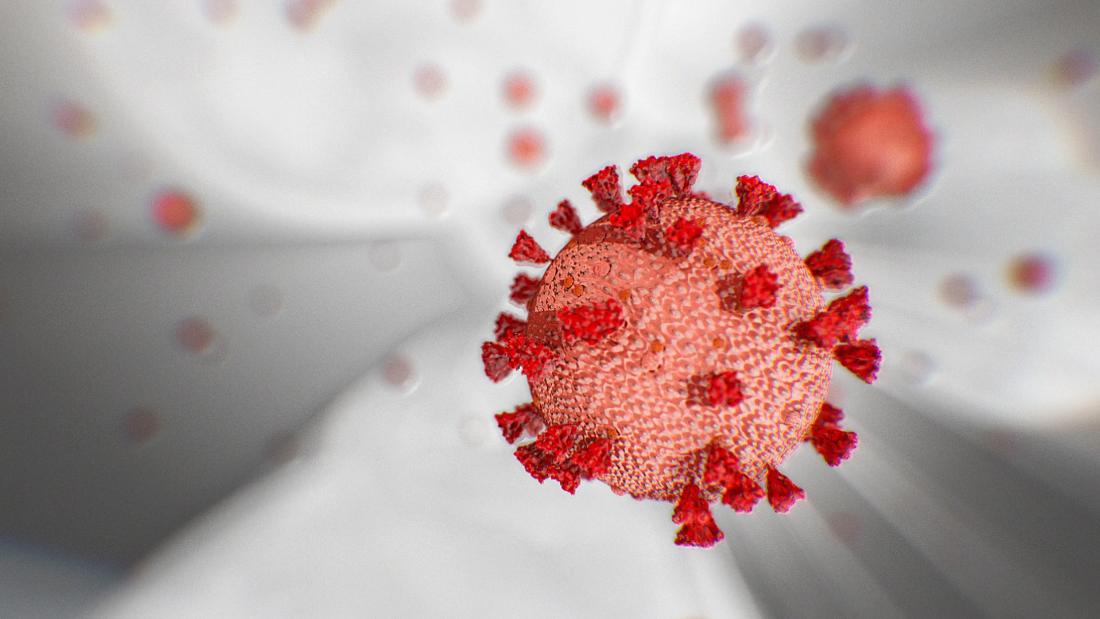By Laszlo Bartus, Amerikai Népszava
The number of Hungarian Americans may not be as big as other ethnic groups in New Jersey, but census officials said it is important that they need to be counted in the 2020 Census.
“Everyone counts,” Lisa Moore, assistant regional census manager at the U.S. Census Bureau, said at a recent briefing with ethnic media. “If you live in New Jersey, you need to respond to the census, because it is the only basis for federal funding allocation.”
New Jersey has the fifth highest number of Hungarian Americans nationwide, after Ohio, New York, California, Pennsylvania states. And while Florida has the most Hungarian American retirees, most of their children and grandchildren live in New Jersey.
Several trusted community leaders echoed the same message of urgency for every Hungarian American household to participate in the 2020 Census.
“We should encourage every Hungarian to take part in the census,” according to Tibor Varganyi, Vice President of First Hungarian Literary Society. “Hungarian Americans can successfully lobby and thrive as an ethnic group if the census data shows the real picture of how many Hungarians live in America.”
Census is the only way for Hungarians, Tibor Varganyi added, to identify and declare themselves as Hungarian—including those who do not speak Hungarian or who were born in the U.S. but whose parents are Hungarian—on the census questionnaire.
In addition, every Hungarian— regardless of immigration status—will have greater opportunities if they respond to the census. It is unlawful for any Census officials to ask about immigration status.
“There is no reason to fear,” said Peter Chen, policy counsel for the Advocates for Children of New Jersey. “All kinds of aid, programs, benefits and business opportunities depend on census data.”
In 2010, about 115,615 Hungarian Americans in New Jersey participated in the census. Unfortunately, this number is definitely lower than the number of Hungarian Americans who live in the state.
Historically, Hungarian Americans have been undercounted.
In 1970, records show that only 603,668 Americans of Hungarian descent were included in the census. And about 727,223 and 997,545 Hungarians were counted in the 1980 and 1990 decennial count, respectively.
Because of the census data, Miklós Kossányi, former president of the American Hungarian Association, was able to lobby for the return of the Holy Crown to Hungary.
Kossányi visited the White House during Pres. Jimmy Carter’s term, after setting up the NBN (Nationality Broadcasting Network) television and radio stations in Cleveland, Ohio, in 1977, involving other Hungarian Americans to strengthen their lobbying power. He broadcasted 24 hours a day on satellite radio in 36 languages on behalf of 36 American ethnic minority communities. In 1978, the U.S. government announced the return of the Holy Crown to Budapest.
When Kossányi retired, in 2000, the response rate of Hungarian Americans to the census fell by nearly 100,000.
As of 2018, the Census data has estimated that there are approximately 1.396 million Americans of Hungarian descent.
But most Hungarians in America, would say that there are at least 4 million Hungarians living in the United States today.
The majority of new Hungarian immigrants arrived in the United States during the decade when the Hungarian regime was shifting from communism to democratic government. Tens of thousands of Hungarians came to America.
“Participation in the census is mandatory,” Chen said, adding that it matters because “it also accurately determines the number of congressional seats in each state.”
For more information on the 2020 Census in Hungarian, visit https://2020census.gov/hu.html
This story was part of the “2020 Census: New Jersey Media Counts,” an initiative of the Center for Cooperative Media at Montclair State University.













